 |
 |
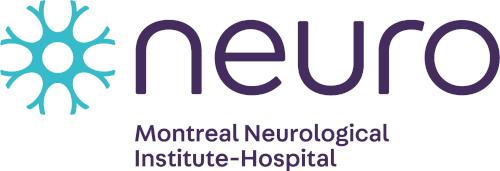 |
 |
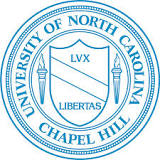 |
 |
Shaping Tomorrow: The Women Leading Open Science Advancements at the Structural Genomics Consortium [Part 1]

On this International Day of the Women and Girls in STEM, the Structural Genomics Consortium proudly showcases a dynamic and global network of scientists who actively working to accelerate early drug discovery. Here are seven inspiring women across the SGC sites who embody the brilliance and impact of women in STEM.
Leading the effort. Principal Investigators at the SGC
A deep-seated curiosity drove Dr. Dalia Barsyte-Lovejoy to pursue a career in STEM.
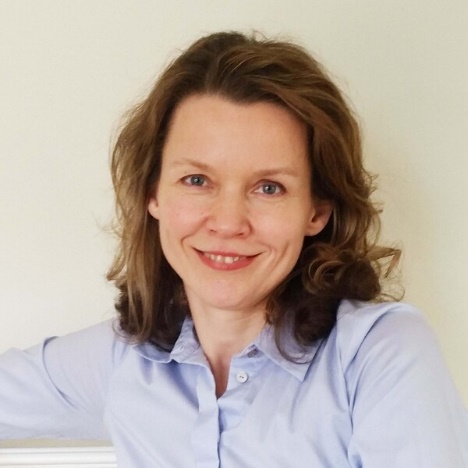
“I am a person who grew up with a love for living creatures, curiosity about how they function, why they get sick, and how we can help them.”, she says. “In the beginning, it was a sick rabbit that got better when given penicillin. I was fascinated by how penicillin works and how we went from using willow bark to aspirin, which eased my fever. This fascination led me to pursue studies in biology and evolved into molecular biology and pharmacology interests that currently reflect my role in SGC.”
Dalia is an Assistant Professor at the Department of Pharmacology and Toxicology and Principal Investigator at the SGC at the University of Toronto. Her research focuses on understanding how epigenetic regulators control cell survival, death, and adaptation. Using chemical probes, small-molecule compounds that modulate epigenetic regulators, she investigates the cellular functions of these proteins and their potential to become therapeutic targets in diseases such as cancer.
“As a scientist, I always ask why and how. Why did we evolve to have this protein, why do so many proteins engage in histone methylation, and how are they the same or different? Do all the cells have them, how important is their methylation in normal cells and diseases? And finally, how we can target the disease process to come up with new therapies.”, Dalia explains.
For Dr. Alison Axtman her love for science thrived when carrying out chemistry experiments and excelling in chemistry lab work. As we are talking, she reflects on her years back in high school and her early steps as a chemist.
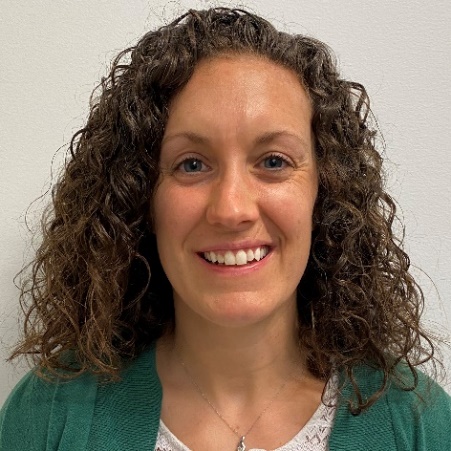
“Being the squeamish type, I gravitated toward chemistry instead of biology in high school. Since I equated blood and dissections with biology, chemistry was safer.”, she says. “I continued down that path during my undergraduate studies. As an undergraduate, I benefited from the advice of a wonderful mentor, Dr. Irene Lee, who introduced me to medicinal chemistry and helped me develop an independent undergraduate research project between her lab and that of Dr. Anthony Berdis. It was this experience that solidified my fate to study medicinal chemistry in graduate school and helped build the foundation for my professional career.”
Upon completion of her training, Alison joined a pharmaceutical company, but it was short-lived as she found herself back in academia after just a short time away. Now, Alison is a Principal Investigator at the SGC, and she recently started her tenure track by getting promoted to Assistant Professor at the University of North Carolina.
Her research group works at the interface of chemistry and biology, applying techniques from both fields in their daily work. “We see enormous value in developing potent and selective chemical probes to be used to interrogate under-explored biology and aim to use these high-quality tools to establish new therapeutic hypotheses for diseases with unmet needs.”, she explains. Alison’s enthusiasm for advancing early drug discovery and supporting emerging scientists is clear as she shares her motivations, “The prospect of targeting novel proteins, identifying new therapeutic directions, and accelerating drug discovery for patients in need are all motivating factors. I greatly enjoy having the opportunity to train the next generation of scientists and benefit from their innovative contributions to each project.”
From trainees to Principal Investigators. A transition within SGC.
It's within this nurturing environment of Alison’s research group that Dr. Frances Bashore’s story intertwines with Alison’s. Frances completed her postdoctoral training under Alison before she transitioned to a research faculty position at UNC having her group as a Principal Investigator at SGC-UNC.
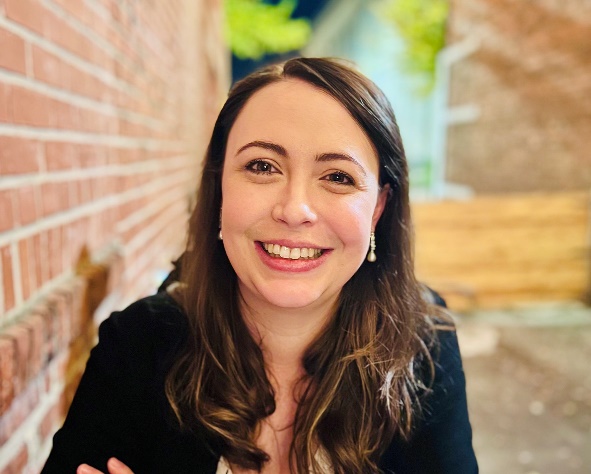
“I was initially drawn towards a career in chemistry after having an inspiring chemistry teacher during my A-levels. After completing my Master of Chemistry degree and Medicinal Chemistry PhD, I decided to pursue a career in medicinal chemistry and chemical biology.”, she shares. Opting to continue in the field, she acknowledges the challenges and rewards of research, stating, “Research is challenging, and I have learned to be resilient when projects don’t go the way we hope for, or publications don’t pan out as anticipated. There is a lot of work involved in driving successful research projects and being part of a great team is essential.”
Currently, Frances is working on the development of chemical probes and PROTACs for kinases and novel druggable targets implicated in Alzheimer’s Disease. “To facilitate chemical probe development, we also synthesize novel tracers to enable NanoBRET cellular target engagement assays.”, she adds. The excitement of problem-solving within collaborative research projects and the satisfaction of completing a project by discovering cool new science, are some of the aspects that she enjoys the most in her career.
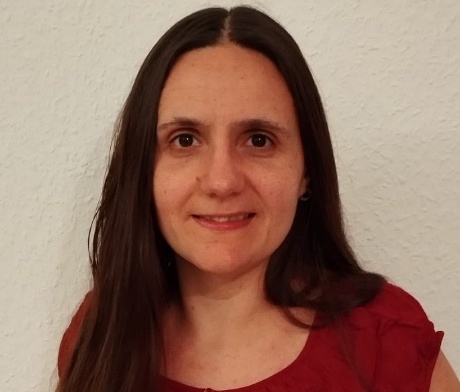
Sandra Röhm’s career at the SGC is another great example of professional growth within the nurturing environment of the organization. Her journey at SGC began during her PhD, as the first member of Dr. Stefan Knapp's research group in Frankfurt. Here, she developed chemical probes targeting p38 MAPK and DDR kinases and played a pivotal role in setting up the labs of the newly founded SGC site at Goethe University Frankfurt in 2015.
“Since my school time, I have always been interested in active pharmaceutical ingredients and their activity in diseases, especially cancer. After my training as a Pharmaceutical-Technical Assistant, I was encouraged to actively contribute to the design of new drugs and therefore decided to study biomedical chemistry.”, she shares.
In 2020, Sandra continued her work at the SGC-Frankfurt as a postdoc, where she worked on the development of LRRK2 inhibitors. During this time, she organized the SGC probe and Donated-Chemical probe library ensuring the integrity of compounds sent to collaborations. Since then, this program has resulted in the distribution of more than 28,000 chemical probes to research labs around the world.
Since 2021, she has been leading a junior research group at the SGC developing covalent inhibitors for understudied targets. “My work inspires me with its versatility and the opportunity to express my creativity. To live out my passion for the organic synthesis of small molecules and to make a proactive contribution to several medicinal chemistry projects.”, she explains.
Sandra’s and Frances’ career trajectory exemplifies SGC’s commitment to fostering academic and professional development for its trainees. As Sandra explains, mentoring her team and fostering their development remains a key source of motivation for her.
The next generation of researchers at SGC.
Rebeka Fanti and Manisha Yadav, are two graduate students at SGC who always seemed to have a curiosity about understanding the intricacies of the world.
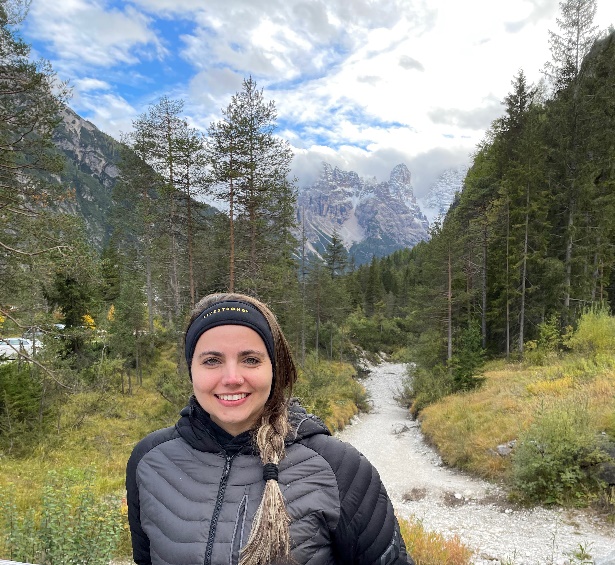
“One vivid childhood memory takes me back to my grandfather's farm, where I found myself fascinated by the process of chickens laying eggs and witnessing the transformation into adorable chicks. Fortunately, my journey was guided by exceptional biology teachers during my middle and high school years, individuals who played a pivotal role in nurturing and sustaining my innate curiosity.”
Rebeka received a bachelor’s degree in biotechnology and an MSc in Genetics and Molecular Biology from UNICAMP, Brazil where she worked on developing a target-based small-molecule drug screening platform in live bacteria.
She joined SGC-Toronto as a PhD student under the co-supervision of Dr. Aled Edwards and Dr. Rachel Harding. “I am presently engaged with the Huntington’s disease research team, where our primary focus revolves around investigating the structural characteristics of the Huntingtin protein (HTT) and its functions within the cell. My efforts are specifically directed towards the development of tools aimed at studying the biological functions of the Huntingtin protein.”
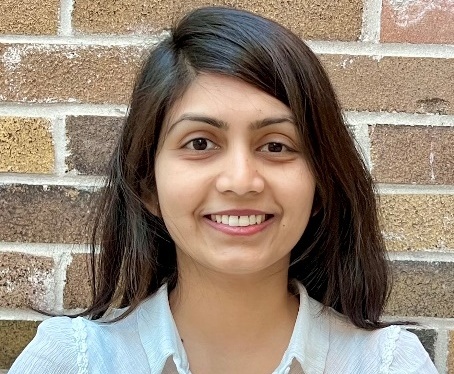
Another great enthusiast in deciphering the mysteries of Huntington’s disease is Manisha Yadav. Manisha is a 4th-year Ph.D. candidate at the SGC-Toronto, working under the guidance of Dr. Cheryl H. Arrowsmith. As part of her graduate studies, she is investigating the interaction of the Huntingtin protein with nucleic acids.
“Although the structure of HTT with its interacting partner HAP40 has been resolved, the functions of both wild-type and mutant HTT, and the mechanisms by which mutant huntingtin leads to neuronal cell death, remain incompletely understood”, she explains. “We know HTT protein is implicated in nucleic acid-mediated processes, regulating transcription and translation, but evidence for their direct interaction is limited.”
Working in a field that has remained unexplored presents both challenges and excitement. As Manisha highlights, it’s a learning journey that offers her the opportunity to get familiarized with different techniques. “I am bringing together novel findings obtained from my research/experiments to unveil the functional and structural intricacies of HTT in Huntington’s disease. Currently, I am undergoing training in cryo-EM to unravel the complexities of HTT-RNA complexes, adding an additional layer of depth to our exploration.”
Research staff as the bedrock of SGC.
The career journey of Dr. Magdalena Szewczyk Illustrates the opportunities for growth and development the SGC offers not only to the trainees but also to the research staff. These individuals are recognized as the foundational pillars of SGC, pivotal to its success across its research sites.
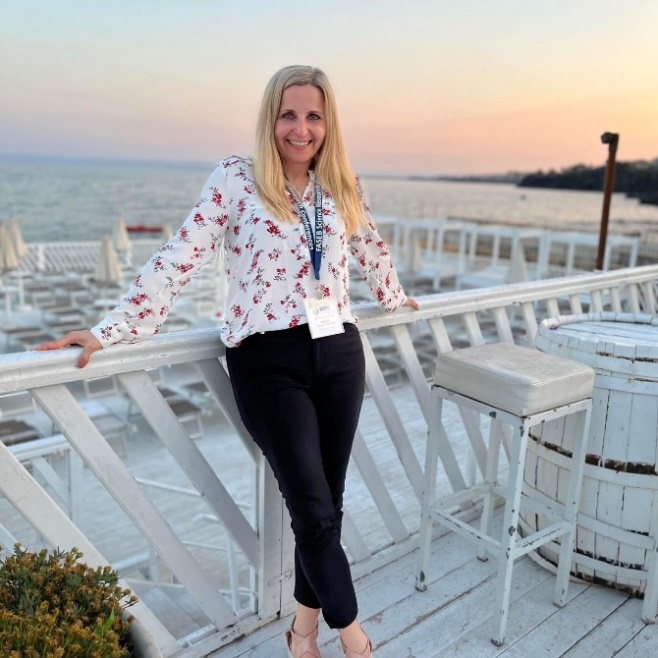
Magda developed a profound love for biology from an early age. Growing up with one of the experts who created and developed criminology practices in Poland, she also became fascinated with criminology. “Looking up to my father and his career, I decided to combine these two passions and become a forensic scientist.”, she shares. “However, during my studies in Poland and Canada, I realized my real passion is molecular biology, which is a hotbed of groundbreaking discoveries and advancements.”
Magda is a Senior Research Associate in the Cell Biology group at the SGC-Toronto, where she mostly focuses on proteins regulating the ubiquitin system epigenetic mechanisms. “I am responsible for the development of cellular assays to test the target engagement of compounds in cells as well as compound cellular characterization and functional target investigation.”
These stories reflect the individual achievements and the role of SGC in cultivating an environment where women can excel in STEM. But it’s only the beginning!
Stay tuned for our upcoming feature, where we delve deeper into the experiences of these remarkable scientists, exploring their insights on the challenges faced by women in academia, the role of mentorship in their career trajectory, and how SGC supports women in STEM.
